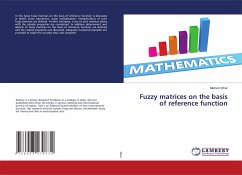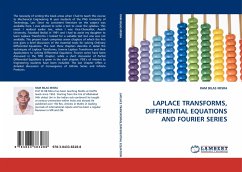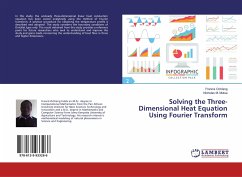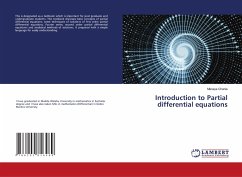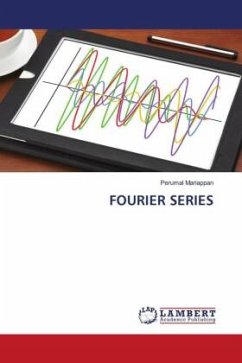We explore two themes in this book. In the first four chapters we study the existence of extremals for adjoint Fourier restriction inequalities associated to three hypersurfaces: the cone, the hyperboloid and the paraboloid. This can be seen equivalently in the context of extremizers for Strichartz estimates for the wave, Klein-Gordon and Schrödinger equations, respectively. In the first chapter we give an introduction to the topic and main techniques and devote the next three chapters to study existence and nonexistence of extremizers, precompactness of extremizing sequences, Euler-Lagrange equations for extremizers and best constants for adjoint Fourier restriction inequalities. In the last two chapters we change the topic and look at an incidence geometry problem, the problem of counting non-coplanar intersections of lines in Euclidean space, and give a sharp upper bound. The problem can be seen as a discrete version of the Kakeya problem, an open problem in Analysis.


